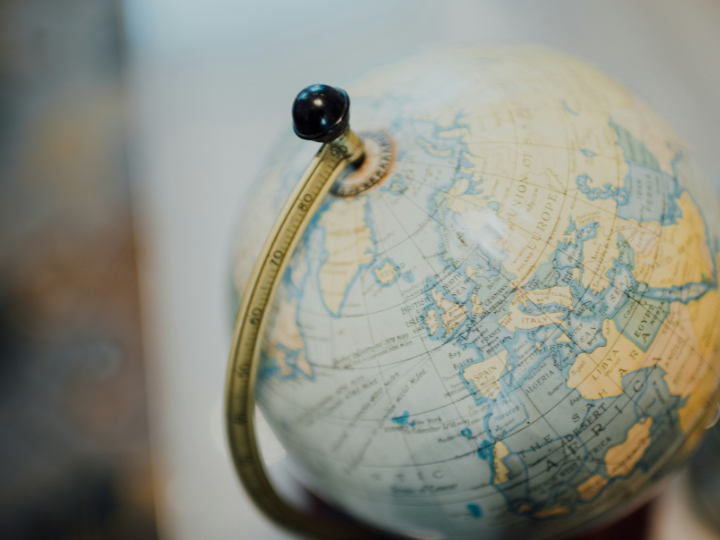by Sean Doherty*
The suddenness of the increase was unprecedented and the markets’ reaction was fierce. Reactions from the rest of the world and knock-on effects will continue to play out over an extended period.
What is certain, however, is that we have entered a new era for international commerce. The turmoil will see many businesses go to the wall and new firms and business models emerge. Technological innovation will play a major role in this as entrepreneurs search for an edge amid rapid change.
The precise tariff profiles announced last week may not last but sizeable trade diversion and supply chain reorganization are already baked in. However, the interconnected complexity of today’s global value chains is such that accurately predicting outcomes and plotting strategies is daunting.
Artificial intelligence (AI) systems have emerged over the last few years to deal with exactly such situations of vast unstructured data sources, non-linear causality and fuzzy outcomes. They will be working in overdrive to help trading businesses keep a grasp of the unfolding context. This will be a defining test of AI’s ability to cope with epochal shifts, rather than making inferences within well-established parameters.
AI’s most visible application will be in handling the trade processes where it has already begun to gain a foothold. New tariffs mean more data handling needs and new trade compliance obligations. The move away from “most-favoured nation” principles of common tariffs, largely irrespective of source country, forces businesses to keep far better track of the origin of all components along the supply chain.
Indeed, the ability to cope with a dense thicket of rules will become a source of competitive advantage at the expense of direct productive efficiency.
Priced out of the United States and potentially other traditional markets by defensive safeguard measures, many firms will search for new supply and demand opportunities. Beyond helping with the arduous task of screening for new partners and commercial opportunities, AI will be important in making these new trade flows viable.
A far greater barrier to trade flows than most tariffs, after all, is the cost, hassle and uncertainty of shepherding goods from A to B across one or more national borders. While relatively streamlined, or at least manageable, for large-scale flows between mature markets, the administrative burden is often prohibitive for trading with smaller, less-developed economies.
Trade facilitation efforts to overcome these frictions are, in many cases, vital to more fully connect frontier economies to global markets. Digital tools are central to these efforts.
Starting with one of the most impactful early applications of AI – machine translation – tools are making it feasible for smaller exporters and importers to navigate the sometimes Byzantine pathways of trade interfaces.
Far beyond tariff and customs requirements, completing a trade transaction may mean dealing with the universe of trade finance, metrology organisations, plant health certifications and myriad other hurdles. AI is beginning to take a bite out of this non-standardised, semi-digitized smorgasbord of tasks that aspiring traders face.
Untouched, at least initially, by the new US tariff regime, is the fast-growing arena of digital services trade and within it, the international roll-out of AI itself. This may yet be embroiled in trade disputes, perhaps through retaliatory digital services taxes, intellectual property changes or other regulations.
Optimistically, focused attention on global trade will improve collaboration on cross-border aspects of AI governance but it is perhaps at least as likely that collaboration is temporarily at risk.
Fair and transparent adoption of AI in trade demands that we look carefully at governance issues, including data access, end-user adaptability of AI models and their interoperability with diverse regulatory systems. Regional inclusion in governance decisions is needed, along with consideration of minority languages, for which training data may be sparse.
Clear accountability rules are needed for managing potential machine-generated errors and hallucinations.
Various international frameworks for AI governance have been advanced, among them the G7-driven Hiroshima AI policy framework. This considers risks and opportunities, provides guiding principles for all actors in the system and a code of conduct for developers.
A dynamic hub of trade and finance, such as the United Arab Emirates, faces a disruptive period of opportunity from the shifts in global trade. Abundant solar power for energy-hungry AI and emerging technical prowess in this field spice the mix.
*Head, International Trade and Investment; Member of the Executive Committee, World Economic Forum
** First published on weforum.org




 By: N. Peter Kramer
By: N. Peter Kramer

